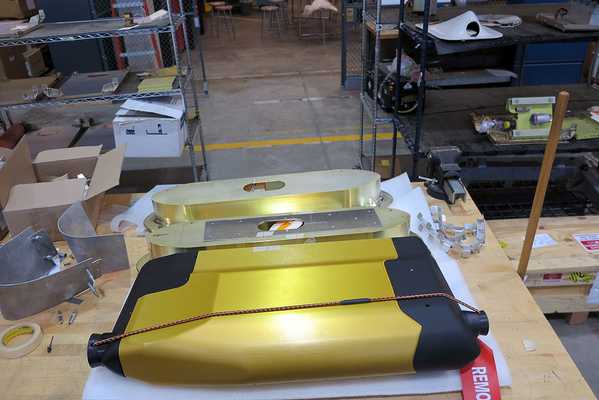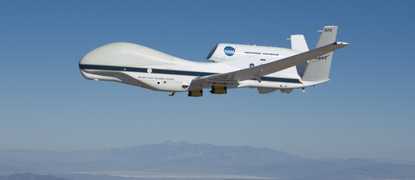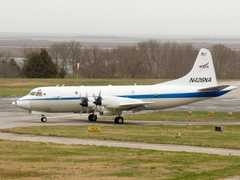The Hawkeye Combination Cloud Particle Probe is an in situ airborne probe developed by SPEC, Inc. It was initially designed to fly on NASA’s Global Hawk Uncrewed Aerial Vehicle (UAV). Hawkeye combines four probes: the Fast Cloud Droplet Probe (FCDP), a 10-micron channel 2D-S Probe, a 50-micron channel 2D-S Probe, and a Cloud Particle Imager (CPI). Hawkeye captures images of cloud particles and measures particle size distribution and concentration. The FCDP has a size range of 1.5-50 μm and a resolution of 3 μm. The 10-micron channel 2D-S probe covers 10 to 1280 μm, while the 50-micron channel 2D-S covers 50 to 6400 μm. The CPI provides a resolution of 2.3 μm, a size range from 2.3 to 2300 μm, and a frame rate of up to 400 frames per second.


Instrument Details
- Optical/Photon
- Earth Science > Atmosphere > Clouds > Cloud Microphysics > Particle Size DistributionEarth Science > Atmosphere > Clouds > Cloud Microphysics > Cloud Droplet Concentration/sizeEarth Science > Atmosphere > Clouds > Cloud Droplet DistributionEarth Science > Atmosphere > Clouds > Cloud Microphysics
- Troposphere
- 400 fps
- 2.3 µm, 3 µm, 10 µm, 50 µm
- N/A
- Currently unavailable
Paul Lawson, Sarah Woods
Paul Lawson
SPEC Inc.
Currently unavailable
Currently unavailable
 SPEC Inc. Learjet 25 8 Campaigns · 30 Instruments |  Clouds, Aerosol, and Monsoon Processes-Philippines Experiment 2019 Philippines 1 Deployment · 12 Data Products
| ||||||||||||
 Global Hawk 5 Campaigns · 30 Instruments |  Airborne Tropical Tropopause Experiment 2011—2015 California, Guam, Tropics 4 Deployments · 5 Data Products
| ||||||||||||
 P-3 Orion 30 Campaigns · 153 Instruments |  Investigation of Microphysics and Precipitation for Atlantic Coast-Threatening Snowstorms 2020—2023 Eastern United States 3 Deployments · 73 Data Products
 Clouds, Aerosol, and Monsoon Processes-Philippines Experiment 2019 Philippines 1 Deployment · 12 Data Products
|
Filter data products from this instrument by specific campaigns, platforms, or formats.